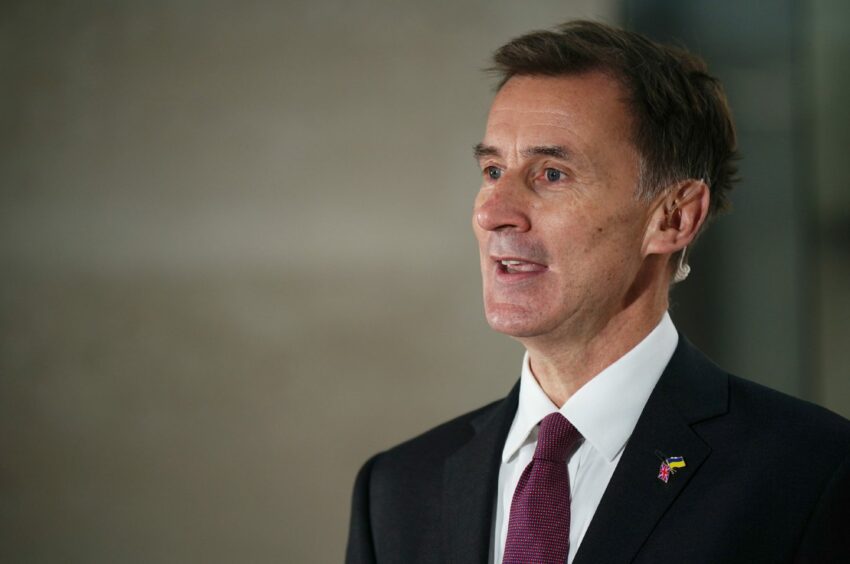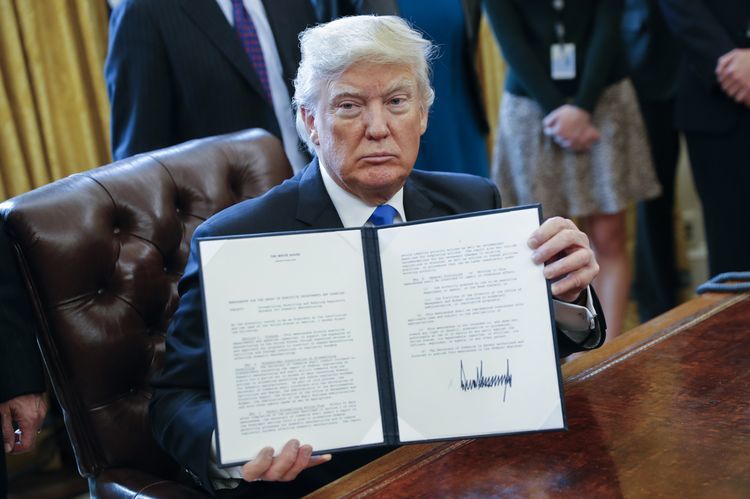
The windfall tax on North Sea oil and gas producers raised nearly 25% less than expected for Treasury coffers last month.
Figures from the Office for Budget Responsibility (OBR) come amid stark warnings of the impacts of the tax on the sector, or Energy Profits Levy (EPL), with largest producer Harbour Energy culling jobs.
Cash receipts in December were £600m, 24.5% “below profile”, according to the OBR.
This was the first instalment of EPL payments on profits for the 2022 financial year, with the second and final due in January.
The OBR said the shortfall “could therefore be timing effect between these two months”, or it could “reflect the volatility in oil and gas prices resulting in lower EPL liabilities than our forecast assumed”.
International benchmark Brent crude oil slumped to below $80 in December, a return to a level before Russia’s invasion of Ukraine, while European gas prices also slumped during the month to pre-Ukraine levels.
The OBR said in November it expects to raise £20.7bn from the oil and gas industry in 2023-24, with just over half of that from the windfall tax.
The watchdog said this would represent an “all-time high” for receipts for the sector.
However the UK Government has come under stern criticism for short-sightedness through the levy, jeopardising energy security and cash flow available to invest in renewable energy sources.
Harbour Energy, the UK’s largest producer and investor in two carbon capture clusters in Britain, said it intends to cut jobs in Aberdeen – understood to number in the hundreds – with the windfall tax the main driver.
Another independent, EnQuest, said the North Sea is no longer its major area for growth.
The levy means a headline tax rate of 75% for the sector, with the windfall tax accounting for 35% of that.
Trade body Offshore Energies UK warned in November that it risked “driving out investment” from Britain, which would see the country import more oil and gas from overseas with higher emissions and without the associated economic benefits.
Recommended for you

